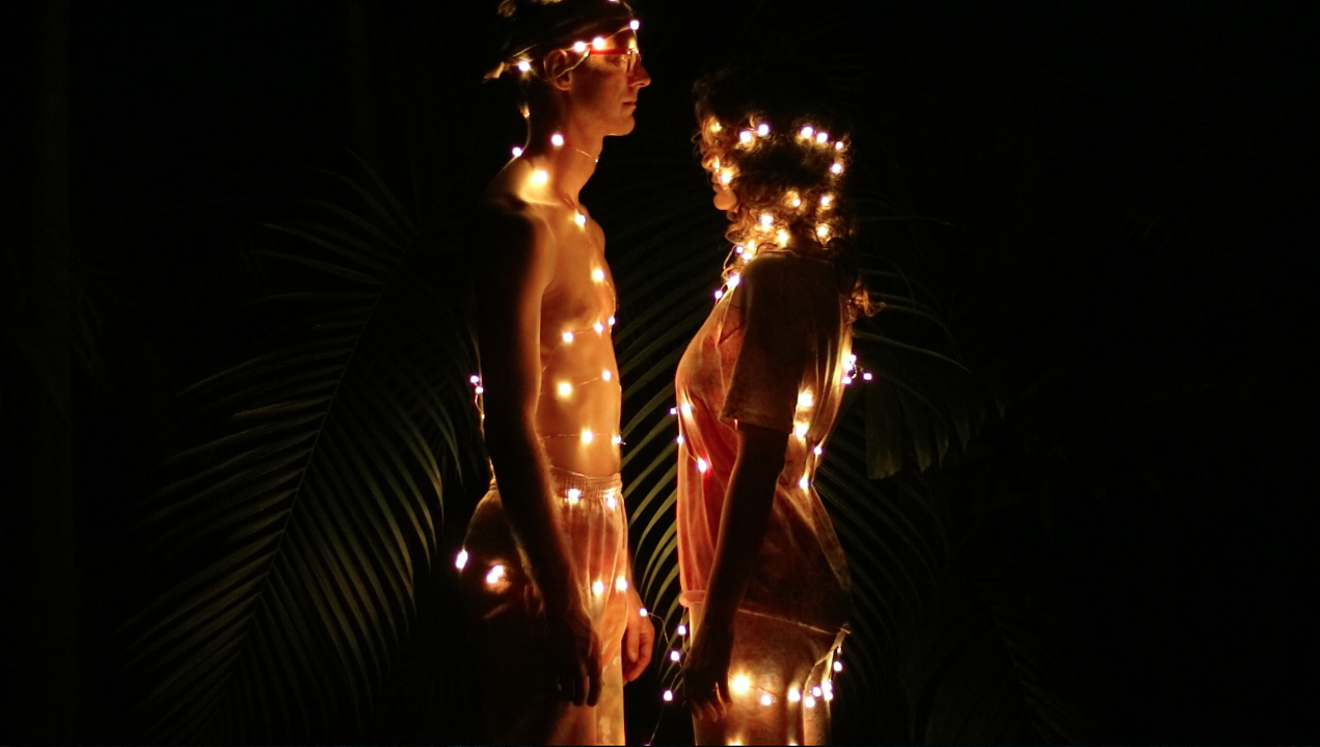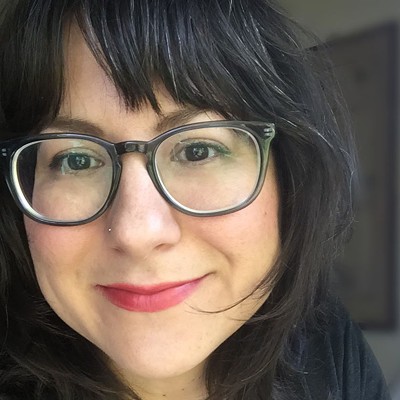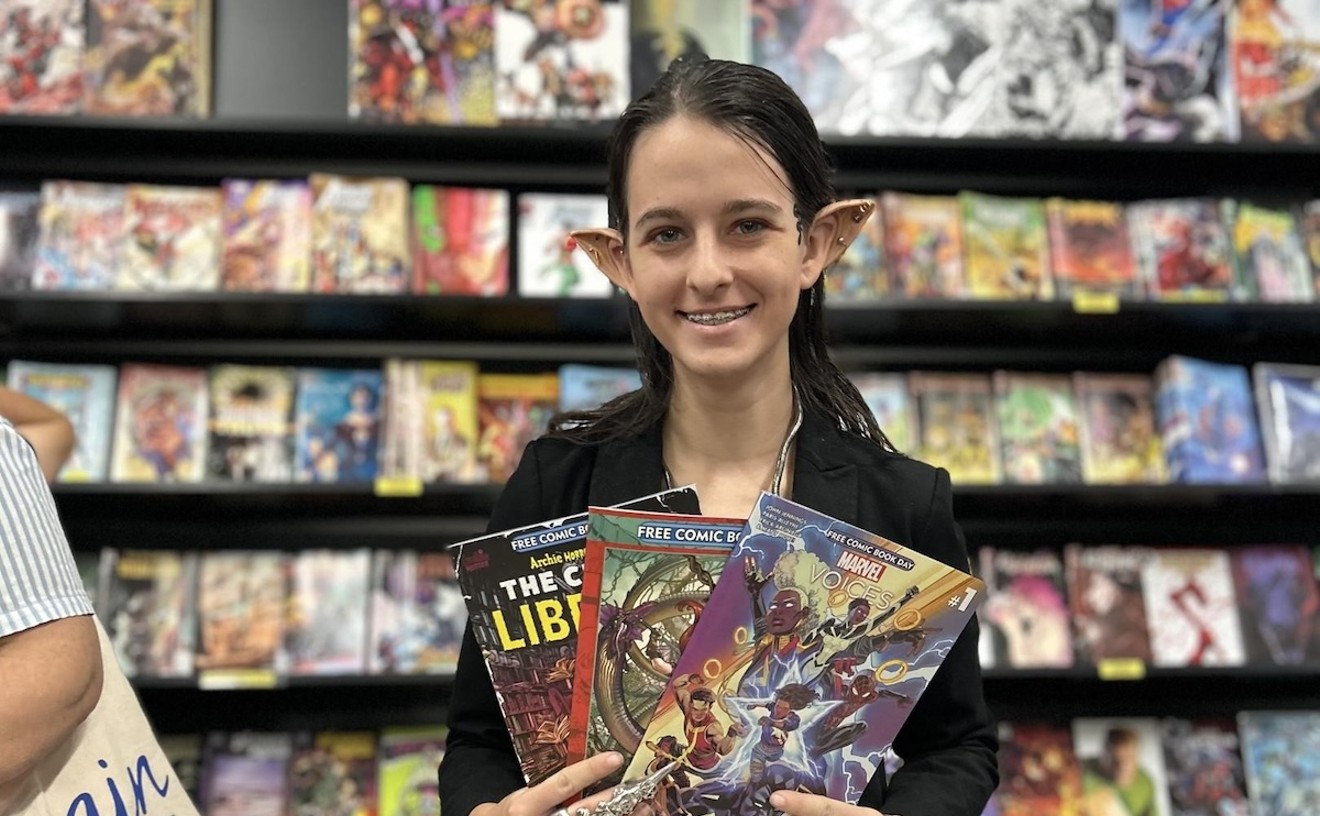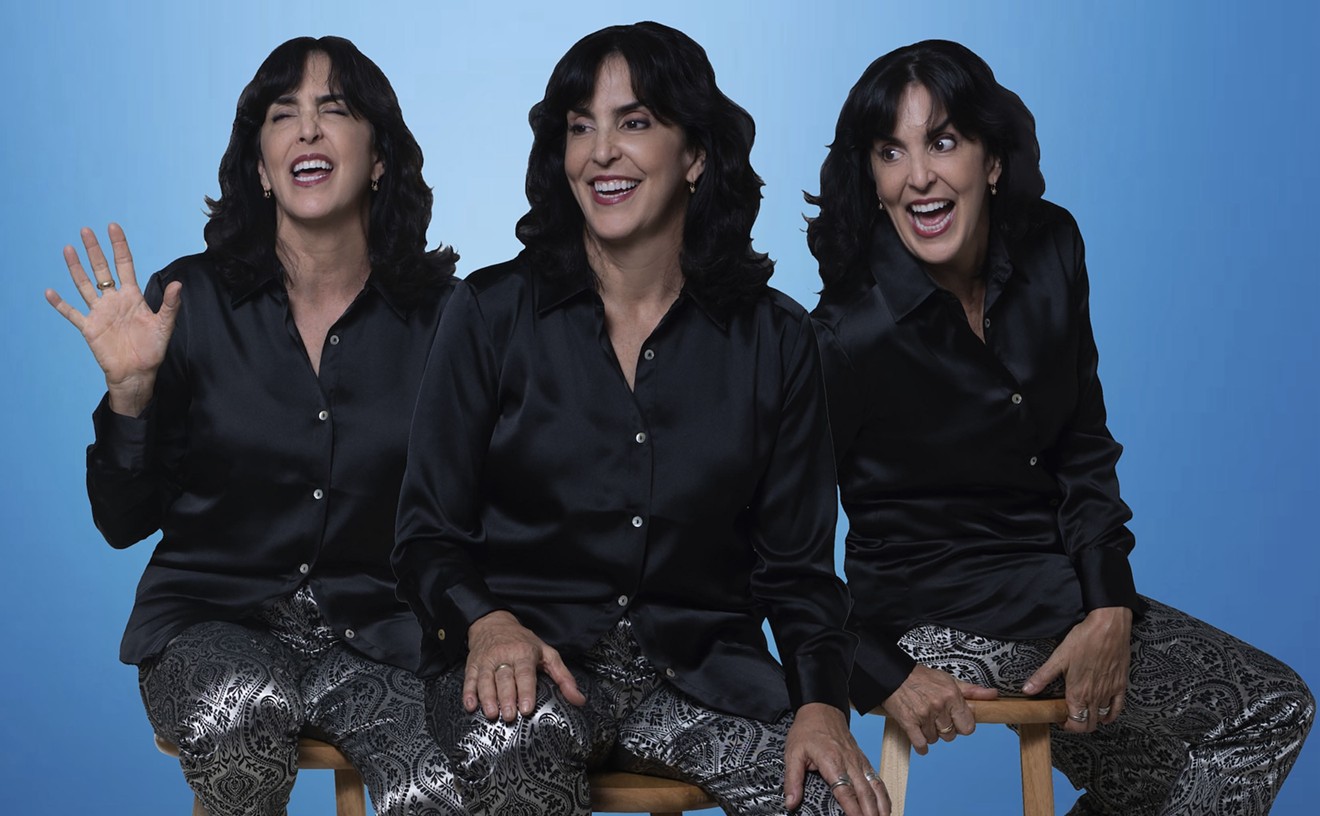"I was amazed at all the new developments and momentum. Miami seemed to have the perfect balance of city and small-town life where everybody knows everybody," he recalls. "So I immediately moved back."
Hernandez now works in painting restoration as managing director of Artcare Conservation. During his free time, he concentrates on his roving gallery, Placeholder. It was launched in 2015, but now Placeholder is evolving into a collaborative project with Hernandez's longtime friends, attorney Diego Machado and book editor Ana Clara Silva. Together, they're taking the gallery to new heights with a new show, "Emergency Contacts."
Placeholder began to take shape when Hernandez moved into a 2,000-square-foot live/work space in Little Haiti for "next to nothing," he says. "It had a second-floor loft space big enough to hold a full bath, kitchen, and bedroom, leaving about 1,250 square feet of whatever I wanted on the main floor." Hernandez first operated the space as a personal art studio but "after a while, I started to feel a bit selfish with the amount of room I had." He was new to the Miami art scene but saw it as a tight-knit and supportive community. He wanted to experiment with a group show at his space with locals' artwork. He didn't think anyone would want to show in a no-name space, but after asking around, he ended up with 40 pieces for the show — "because no one I asked said no." That solidified his place in the Miami art scene.

Annie Blazejack and Geddes Levenson's How to Metabolize Space and Time (2018), oil on canvas.
Courtesy of the artists
He remained in that space until rents increased and he was forced to move. His gallery was no longer tied to a location. "Being called 'Placeholder' seemed fitting in this nomadic structure as well," he says.
Hernandez brought his high-school friend Machado into the project last year. Machado worked for a decade in art collections management and is now an attorney specializing in art-related legal matters. They asked book editor Silva, with a long history in the arts, to work on the exhibition catalogue for their upcoming project. The trio clicked as project partners and decided to work together on the newest iteration of Placeholder for more intensive exhibitions.
"I love the idea that [Placeholder is] contributing to creating more activity in Miami's continually developing arts community," Silva says. "I am constantly going to lectures, openings, and exhibitions around the city, so I saw this as an opportunity to give back and be able to have my voice as part of the conversation... Originally, Javier and Diego had asked me to work on the catalogue for 'Emergency Contacts,' and I was drawn to the project."
The exhibition "Emergency Contact" was co-curated by Jamieson Webster and Hernandez. The idea — to ask artists from around the world to craft works from their impressions of an intimate text message — was inspired by Figure Out, the semifictional epistolary novel written in texts and emails between psychoanalysts Webster and Marcus Coelen. Hernandez says they explore thoughts on dreams, touch, desire, contact, and mourning. Though the two live in different cities, it's implied they form a romance and eventually admit they are each other's emergency contact.
"There are layers of poetic discourse in the text that the reader is left to unravel," Hernandez explains, "and we thought this would be the perfect concept to explore. We came up with a list of artists and distributed the text to them. Each artist then created new work based off of their interpretation of the written correspondence. The idea was that in peering into the secret language of analysts, the artist would respond [with] their own cipher in the visual language of art."
The show includes 15 artists, including three pairs working in collaborations: Jenna Balfe; Jim Drain; Levenson and Blazejack; Felix Bernstein and Gabe Rubin; Melissa Dubbin and Aaron S. Davidson; Leo Castaneda; Alex Golden; Billy Jacobs; Nova Milne; Freya Powell; Sandy Smiles; and Alan Reid.
The opening reception will serve food cooked in a caja china and fresh tacos by the Design District restaurant Mandolin’s head chef, Roel Alcudia, as well as live performances by artists Jenna Balfe and Sandy Smiles.
"Emergency Contacts." Opening reception 7 p.m. Friday, September 14. Artist roundtable at 5 p.m. at Product 81 Gallery, 2930 NW Seventh Ave., Miami; facebook.com/placeholder7350. Admission is free.













